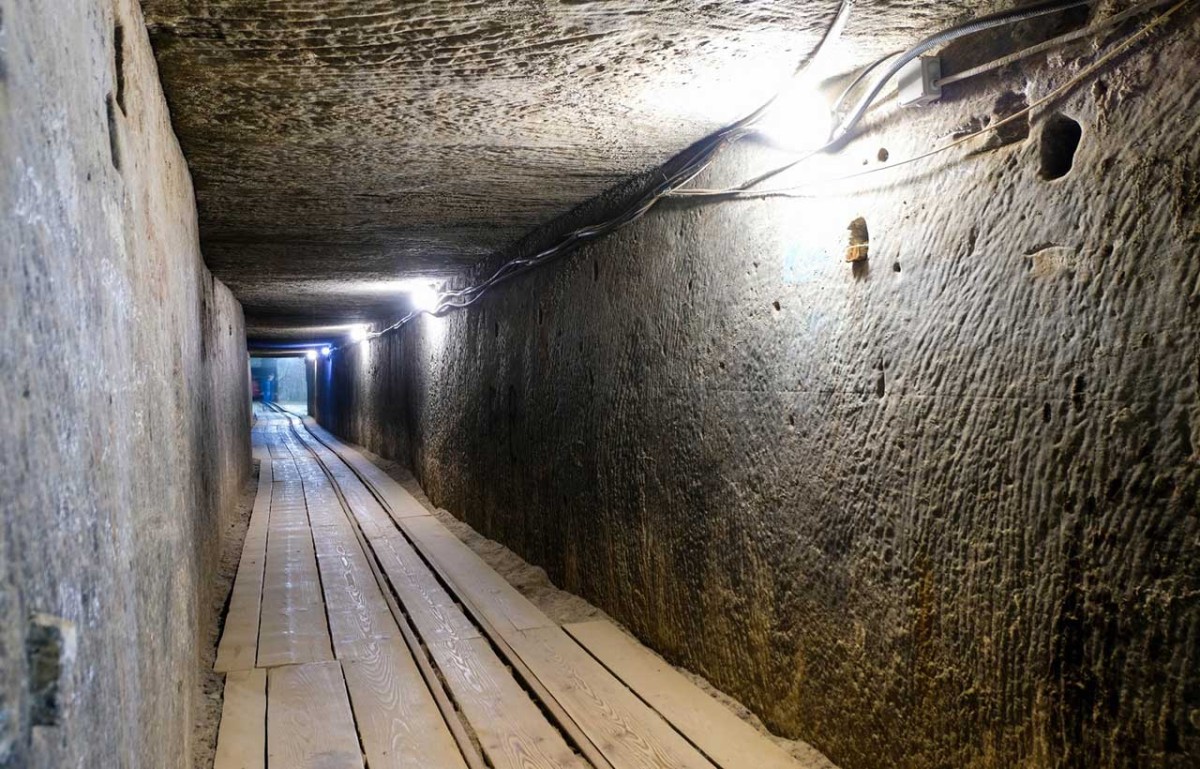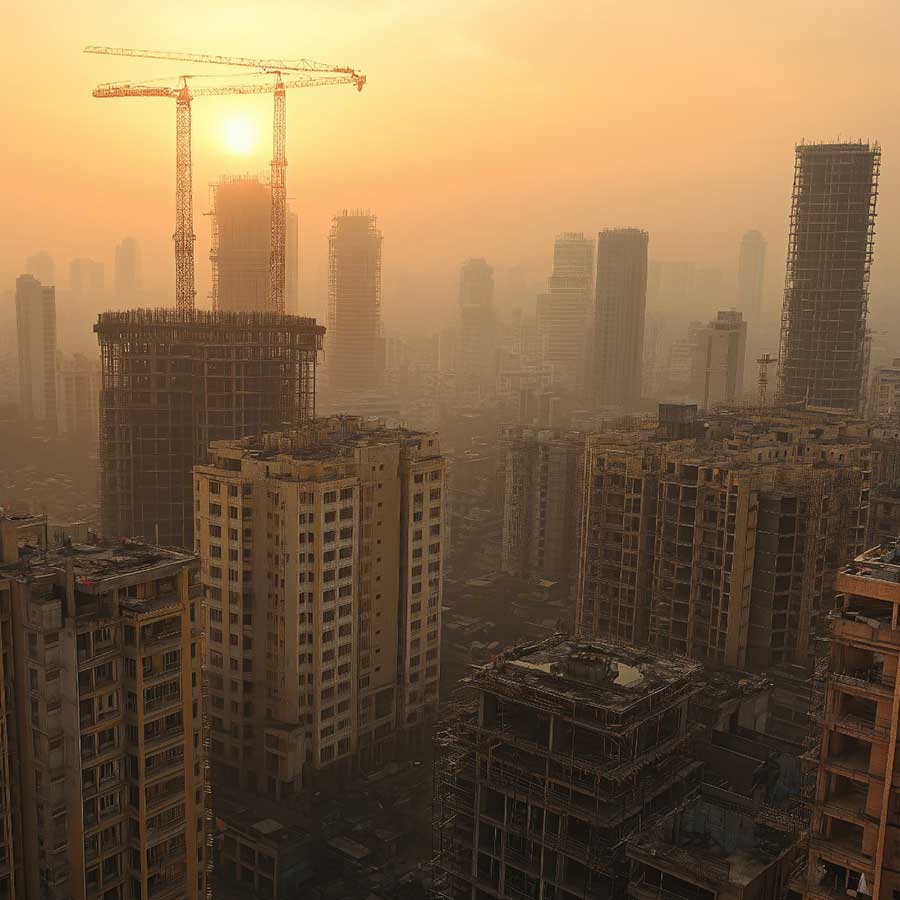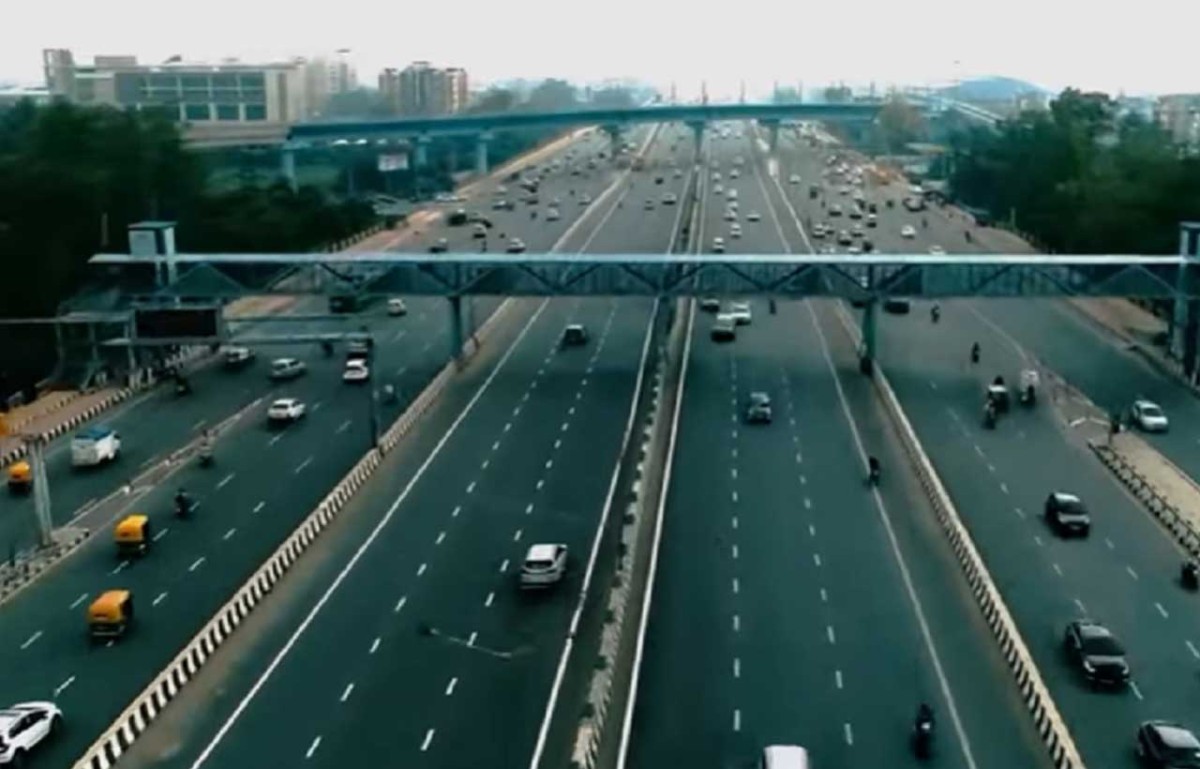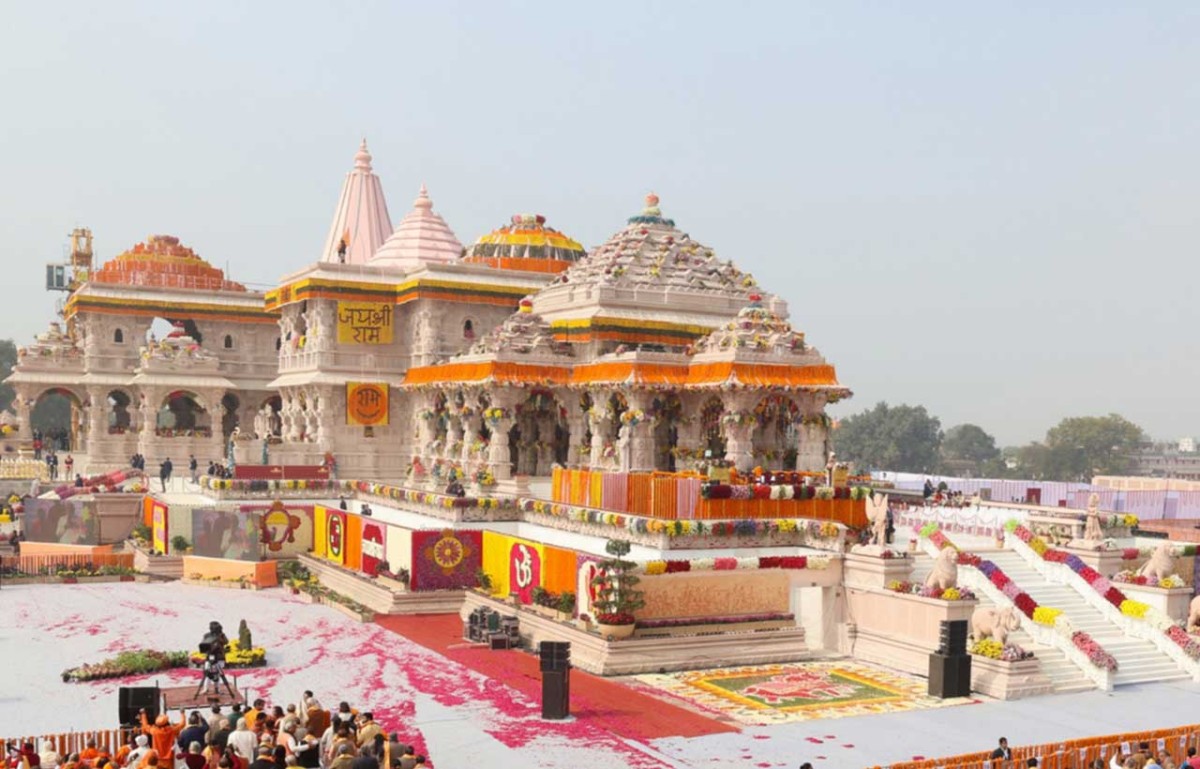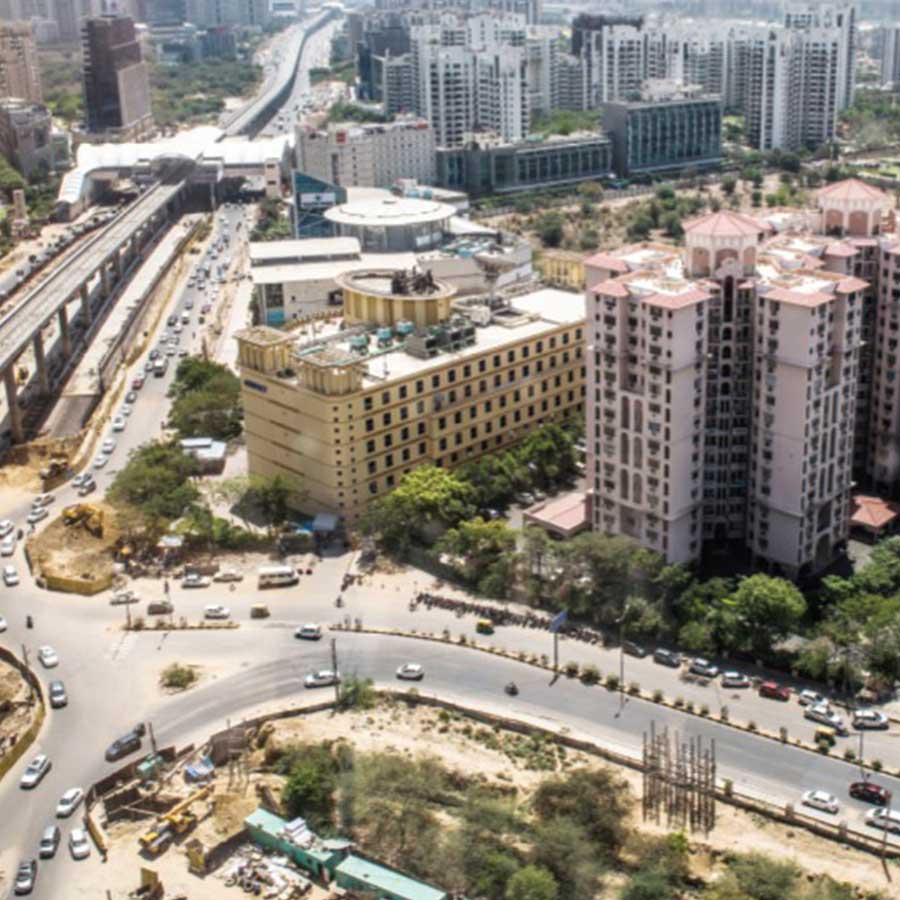Prefabricated Housing- A Concrete Solution for the New Construction Era
- October 31, 2023
- By: Editorial Team
- NEWS
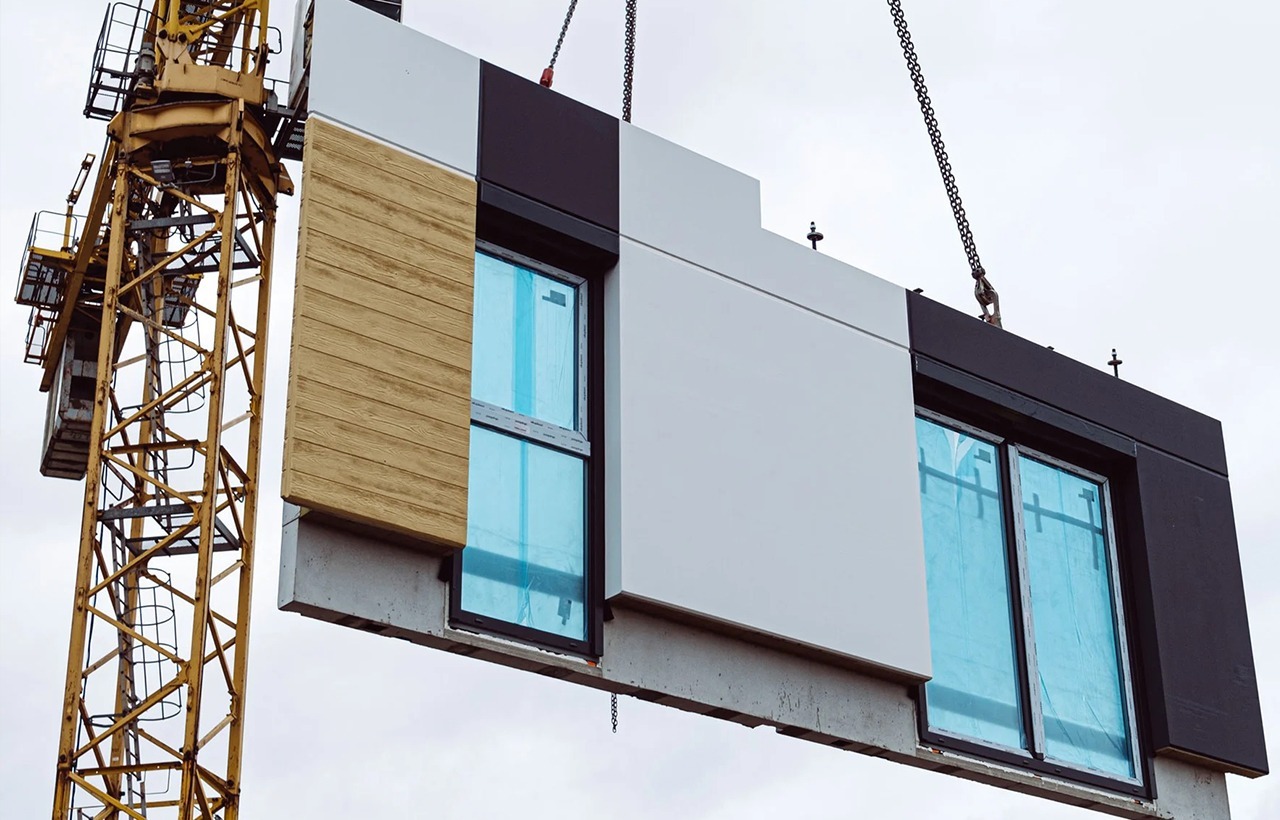 The Prefabricated Building Market (PBM) in India is anticipated to grow at a compound annual growth rate (CAGR) of approximately 8.5%, mostly due to national initiatives like "Digital India" and "Smart Cities." Prefabrication is ready to dominate the decade that follows, with the nation's construction industry estimated to grow to a size of $1 trillion market and contribute to more than 15% of the GDP.
The Prefabricated Building Market (PBM) in India is anticipated to grow at a compound annual growth rate (CAGR) of approximately 8.5%, mostly due to national initiatives like "Digital India" and "Smart Cities." Prefabrication is ready to dominate the decade that follows, with the nation's construction industry estimated to grow to a size of $1 trillion market and contribute to more than 15% of the GDP.
The Indian construction industry is ready to face prefabrication as the emerging concept as it is becoming more and more popular in the market. Prefabricated homes have opened the door to cutting-edge design and construction techniques for a variety of buildings, including mass townships, low rises, high risers and villas.
The Prefabricated Housing Market, currently valued at $19.1 billion, is expected to grow at a compound annual growth rate (CAGR) of more than 6% over the course of the projected year.
An industrial source claims that of India's real estate sector, which is worth over $100 billion, barely 1% to 2% consists of prefabricated buildings. One of the primary causes of the slow acceptance of prefabrication solutions is a mind-set barrier, since most developers are reluctant to invest in modular building methods and are still not ready to use prefabrication in both new and continuing projects. India's PBM, which is currently valued at $2.3 billion, is expected to grow at a compound annual growth rate (CAGR) of more than 13% over the course of the projected year.
Globally speaking, India will likely be third in the construction industry by 2025. In the next ten years, the country's construction industry is predicted to grow to a $1 trillion valuation and account for more than 15% of GDP. Prefabricated buildings and house plans are likely to acquire popularity during the projection period due to the high anticipated expansion of the construction industry. Modular construction methods are becoming increasingly popular as the nation's construction industry is gradually changing and beginning to behave more like the manufacturing business podium.
Prefab companies have a lot of potential here, and hundreds of thousands of plants are expected to be needed in the future. India will be among the nations with the fastest-growing building output over the years to come, thus technology intervention will become crucial. Maintenance costs for prefabricated structures are minimal. Although some cities, like Bengaluru, have embraced the prefab concept, other areas still struggle with things like obtaining government clearances and finding sufficient site for development.
A prefabricated building is a structure, or portion of a building, that has been prefabricated so that it can be assembled and transported with ease. The market for prefabricated buildings and house plans in India is divided into two segments: residential and commercial, as well as for additional uses (industrial, institutional, and infrastructure), and also by materials (concrete, glass, metal, timber, and other material types).
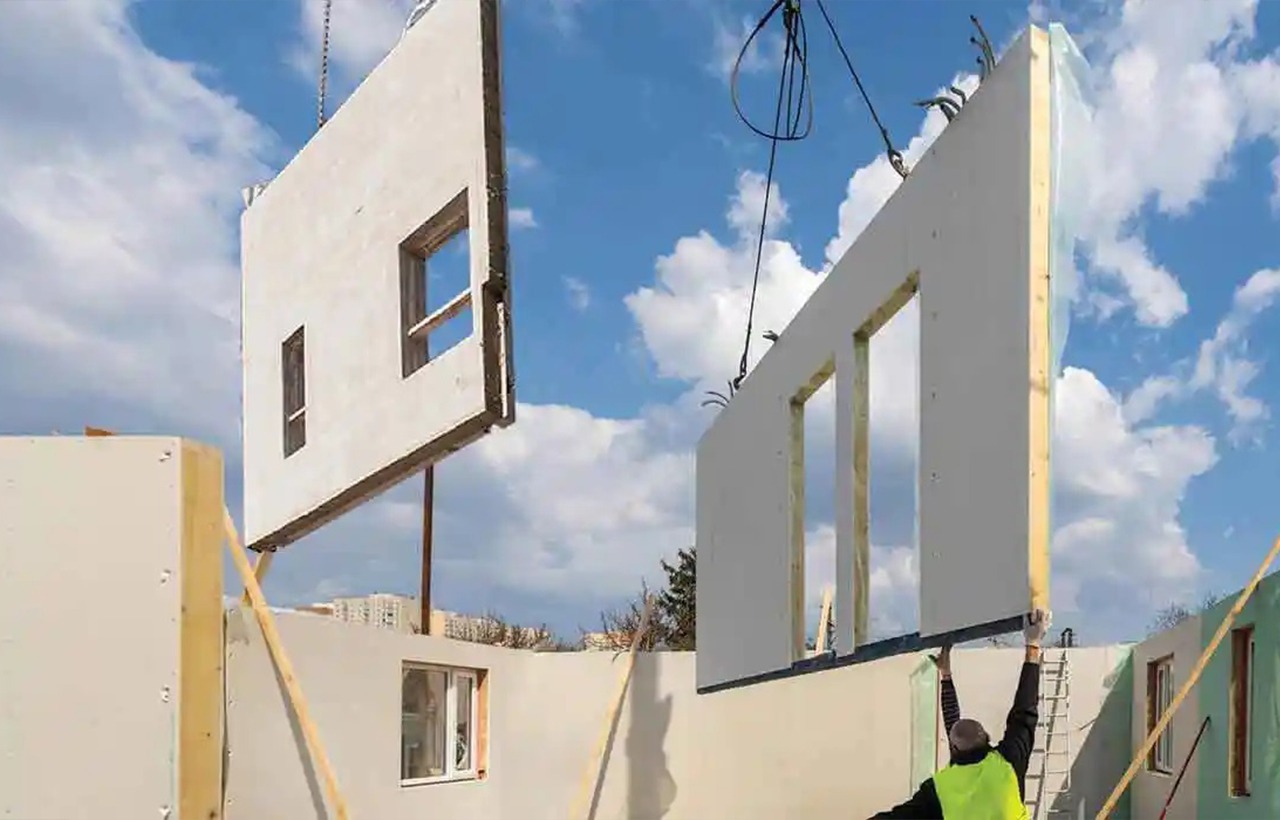 The two segments of the nation's building construction industry are urban development and real estate. The real estate sector includes hotels, amusement parks, offices, retail stores, and residential buildings. The urban development section includes sub-segments for water supply, sanitation, urban transportation, schools, and healthcare.
The two segments of the nation's building construction industry are urban development and real estate. The real estate sector includes hotels, amusement parks, offices, retail stores, and residential buildings. The urban development section includes sub-segments for water supply, sanitation, urban transportation, schools, and healthcare.
Under the National Infrastructure Pipeline (NIP), India has a $1.4 trillion infrastructure investment budget, of which 24% is allocated to renewable energy, 19% to roads and highways, 16% to urban infrastructure, and 13% to railroads. Urban planning initiatives driven by technology, like the ground-breaking Smart City Mission (which aims to develop 100 cities), will likely improve living standards. When planned and executed properly, precast building construction can satisfy the housing mark requirements. Just 2% of the $500 million market of Indian building sector is made up of precast construction.
In India, precast systems are primarily utilised for flyovers and bridge construction projects. The Union Government has allowed the use of precast concrete construction techniques in order to address housing demands.


